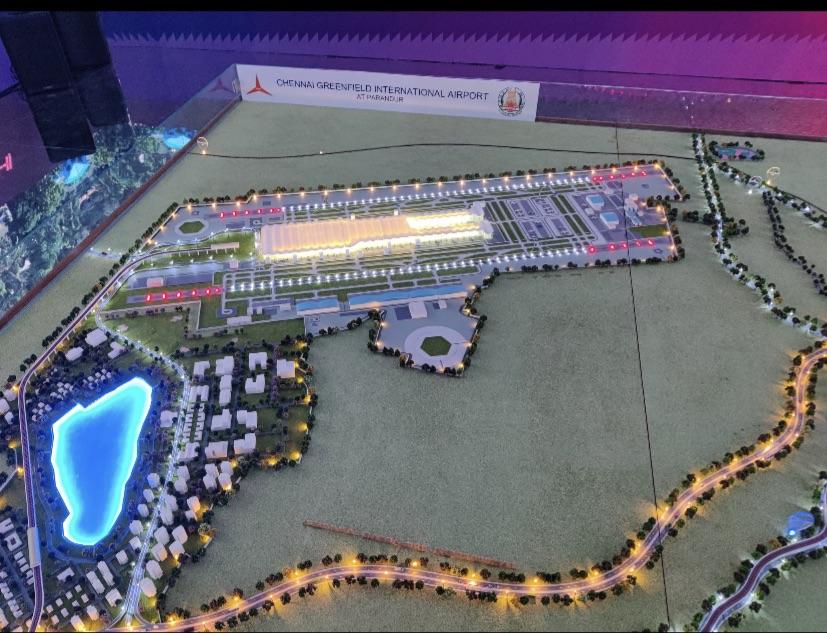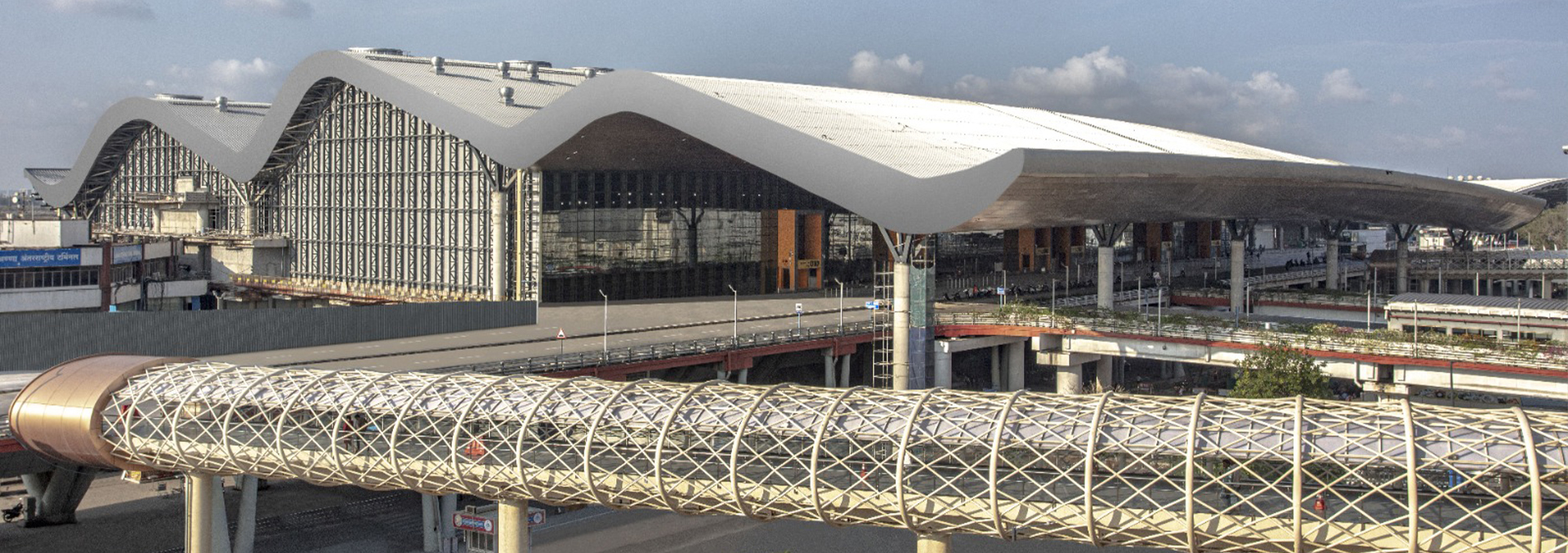
The Tamil Nadu government will issue tenders for Chennai’s second airport, which will be built in Parandur at a cost of more than Rs 20,000 crore, by the end of next year, according to a Tamil Nadu Industrial Development Corporation (TIDCO) official.
Speaking with TNIE, the official stated that the land acquisition process is underway and will take nearly a year to complete, after which tenders will be called. The project requires 4,563.56 acres of land distributed across 13 villages. Patta land covers 3,246.38 acres, which includes 2,447 acres of nanjai (wetland) and 799 acres of punjai (rain-fed). The remaining 1,317.18 acres are government poramboke land.
He also stated that the site clearance for the green field airport is expected once the model code of conduct for the ongoing Lok Sabha elections is lifted. According to the Greenfield Airports (GFA) Policy, 2008, the Steering Committee must approve the airport’s site for development. The official also stated that the state is awaiting in-principle approval from the Centre. The Union Ministry of Environment, Forests, and Climate Change must also provide the necessary environmental clearance.

Meanwhile, the high-level committee formed to investigate hydrogeological and other issues related to the airport’s construction has submitted its report. “Whatever recommendation is made, it will be carried out,” the official stated. The seven-member high-level committee was formed by the state last year. Over the last few months, the team has visited villages and waterbodies in and around Parandur several times, examining the region’s groundwater and flood levels, as well as rainfall data from the previous decades.
Unlike in Bengaluru or Hyderabad, the old airport’s operations will continue, and the new airport will coexist with the old. The government is offering 3.5 times the market value to purchase land in 13 villages near Parandur in Kancheepuram district. The land is being acquired in the ‘public interest’ under the Right to Fair Compensation and Transparency in Land Acquisition, Rehabilitation, and Resettlement Act of 2013. However, locals have been fiercely opposing the project, citing the loss of land and livelihood.

